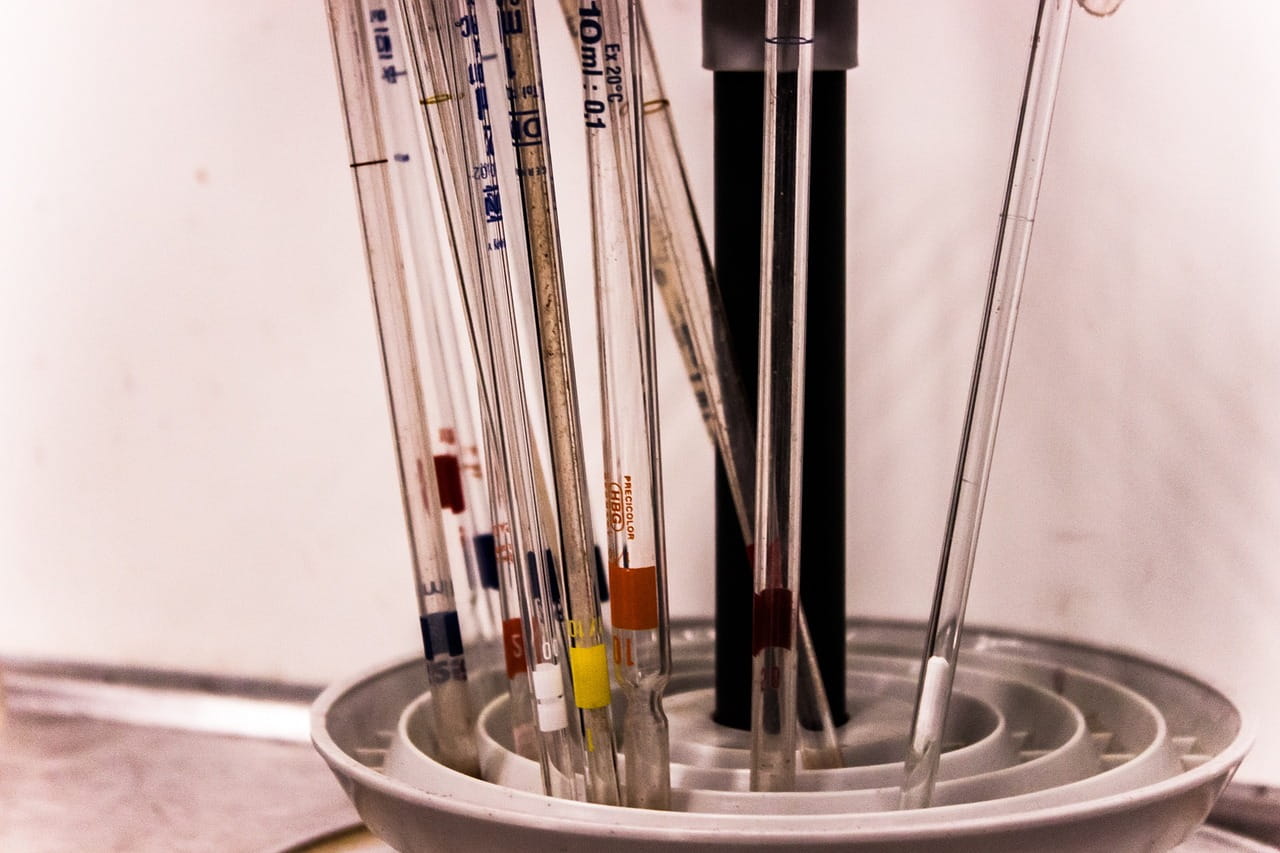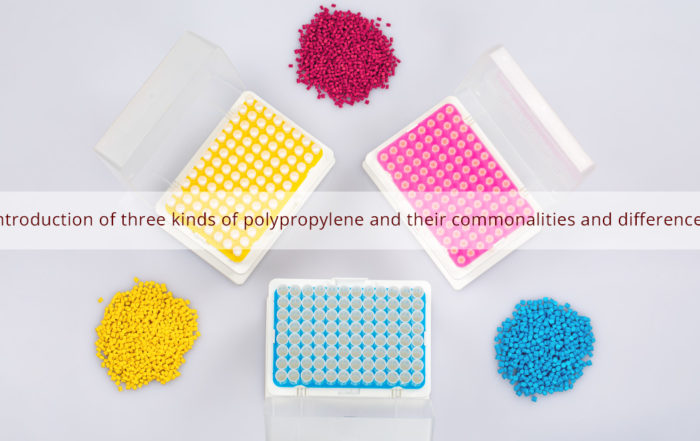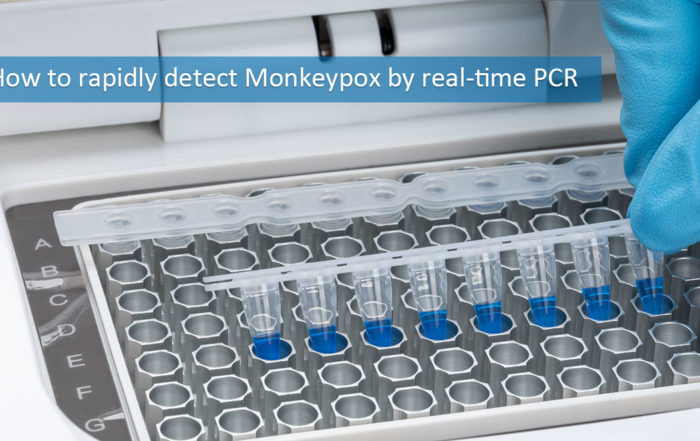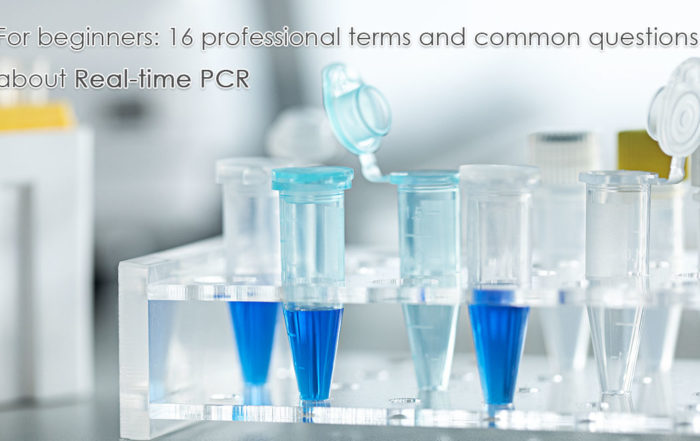Table of Content
Serological pipettes are used in laboratories to transfer liquids. These pipettes come with graduations on the side that help measures the liquid (in milliliters or ml) to be dispensed or aspirated. They are most recommended for use because of their preciseness in measuring the smallest increment levels.
Serological pipettes are primarily used in the following:
- Mixing suspensions.
- Combining reagents and chemical solutions.
- Transferring cells for empirical analysis or expansion.
- Layering reagents for creating higher density gradients.
Serological pipettes are designed to be used as blow-out pipettes. These pipettes have graduations closer to the end of the tip. Rubber bulbs attached to the tip are used to blow out an excess solution using air or gravitational pressure.
Typically, blow-out pipettes are labeled with double rings. The person handling it will need to use the attached bulb that exerts air pressure to blow out and acquire every last drop of the liquid therein. On the other hand, single-ringed pipettes are the “non-blow out” variants that permit the entire tip to get drained.
What Are the Different Kinds of Serological Pipettes?
Pipettes are usually made of glass or plastic. Due to safety and hygiene reasons, it is best to use single-use, polystyrene plastic serological pipettes.
Serological pipettes come in three different types:
1. Open-End Pipettes
Open-end pipettes come with an exposed end and are best suited for measuring high-viscosity liquids. The fast fill-and-release rate of the pipette makes it ideal for working with fluids like oil, paint, cosmetics, and sludge.
This pipette also comes with a fiber filter plug that helps reduce fluid contamination. Open-end pipettes are non-pyrogenic pipettes that are sterilized by gamma irradiation. They are packed individually in thermoformed paper/plastic for protection against damage.
These pipettes are available in 1 ml, 2 ml, 5 ml, and 10 ml sizes. They are required to meet the ASTM E1380 industry standards.
2. Bacteriological Pipettes
Bacteriological pipettes are used specifically for the examination of milk and other dairy products. These polystyrene milk pipettes are available in sizes of 1.1 ml and 2.2 ml.
These are non-pyrogenic, single-use pipettes that are sterilized using gamma irradiation. They are packed in thermoformed paper/plastic to avoid damage. These pipettes include a fiber filter that prevents the contamination of fluid and liquid samples. Bacteriological pipettes are required to meet the ASTM E934 standards and are calibrated to deliver (TD) at +/-2%.
3. Aspirating Pipettes
Aspirating pipettes are fully transparent and have no graduations. They have been specifically designed to transfer and mix fluids in different applications like vacuum or pipette aspiration processes. They are single-use, non-pyrogenic, non-plugged polystyrene pipettes.
These pipettes come wrapped in thermoformed plastic to avoid contamination. They are sterilized using gamma irradiation and adhere to the sterility assurance level (SAL).
How to Read Volumes and Measurements Using Serological Pipettes?
It is important that the person handling serological pipettes has a fair knowledge of reading volumes and measuring fluids in them. Here are a few factors to be taken care of when doing so:
- The bottom part of the meniscus should be noted once the pipette is loaded. The meniscus forms at the top of the liquid column.
- Look at the pipette at eye level to obtain the precise reading.
- The pipette should be held at an exact right angle to the floor.
How Are Fluids Dispensed and Aspirated Using Serological Pipettes?
The primitive method of transferring fluids through mouth pipetting is not recommended due to the risk of the user accidentally consuming harmful fluids.
Using a bulb or pump, however, is safe. The bulb is used to transfer less specific amounts of liquid while the pump facilitates the transfer of an accurate amount of fluid. There are two triggers in the pump; one is used for dispensing and the other for aspiration.
What Are the Benefits of Using a Serological Pipette?
A few benefits of using a serological pipette include:
- They are optimized optically.
- They provide improved volume accuracy.
- They offer clear ascending and descending graduation.
Serological pipettes are disposable and pre-sterilized. They are packed in numbers of 25 to 50 and are designed to fit motorized pipettes and pipet-aids.
Wrap Up
Serological pipettes are sterile instruments that enable accurate fluid dispensation while reducing the chances of contamination. We hope the above-mentioned aspects have provided you with sufficient information about the different types and uses of serological pipettes.
Introduction of three kinds of polypropylene and their commonalities and differences
Polypropylene (PP) can be divided into three types, Homo-polymer polypropylene (PP-H), Block-Copolymer polypropylene (PP-B), and Random-Copolymer polypropylene (PP-R). Below are the advantages and disadvantages as well as some uses for these kinds of PP. 1. Introduction of three [...]
How to rapidly detect Monkeypox by real-time PCR
Based on the full sequence of monkeypox virus (AF380138) F3L gene published in GenBank, primers, TaqMan and MGB probes were designed and synthesized, and a fluorescent quantitative PCR detection method for F3L gene was established. [...]
For beginners: 16 professional terms and common questions you feel confused about Real-time PCR
When you just graduated and entered the job, came into contact with the real-time quantitative PCR experiment, faced with a bunch of nouns, are you confused about where to start? What is the [...]



